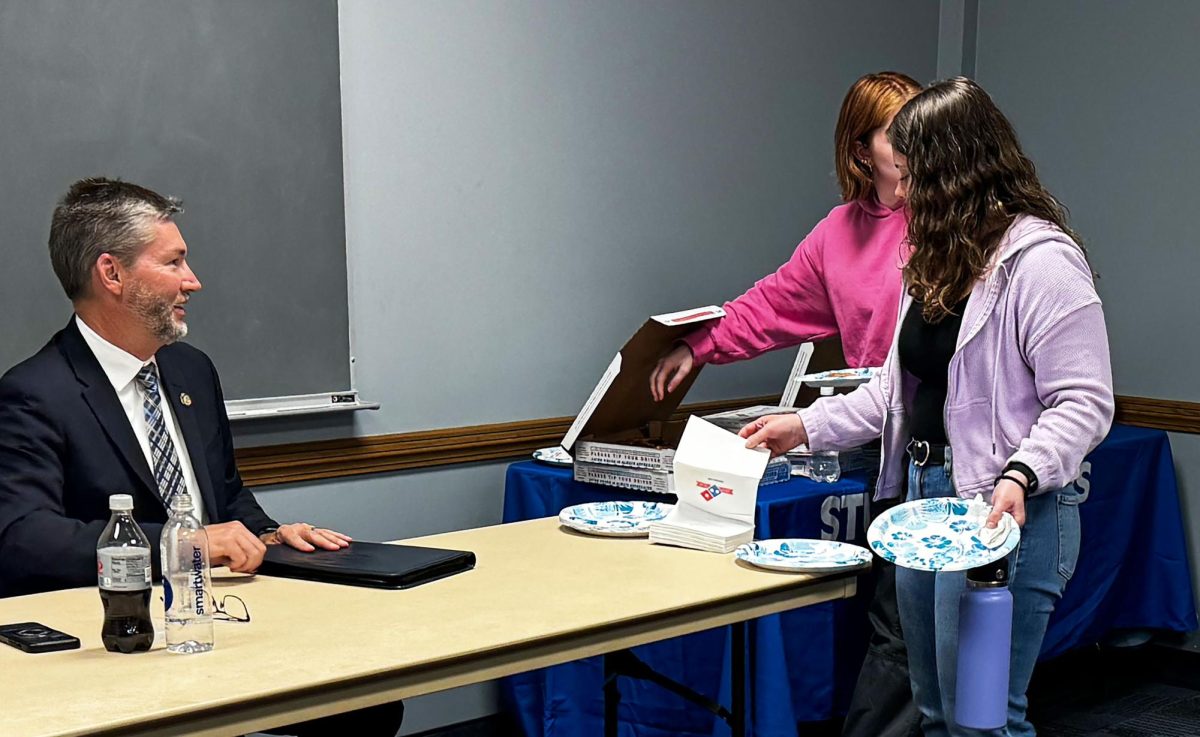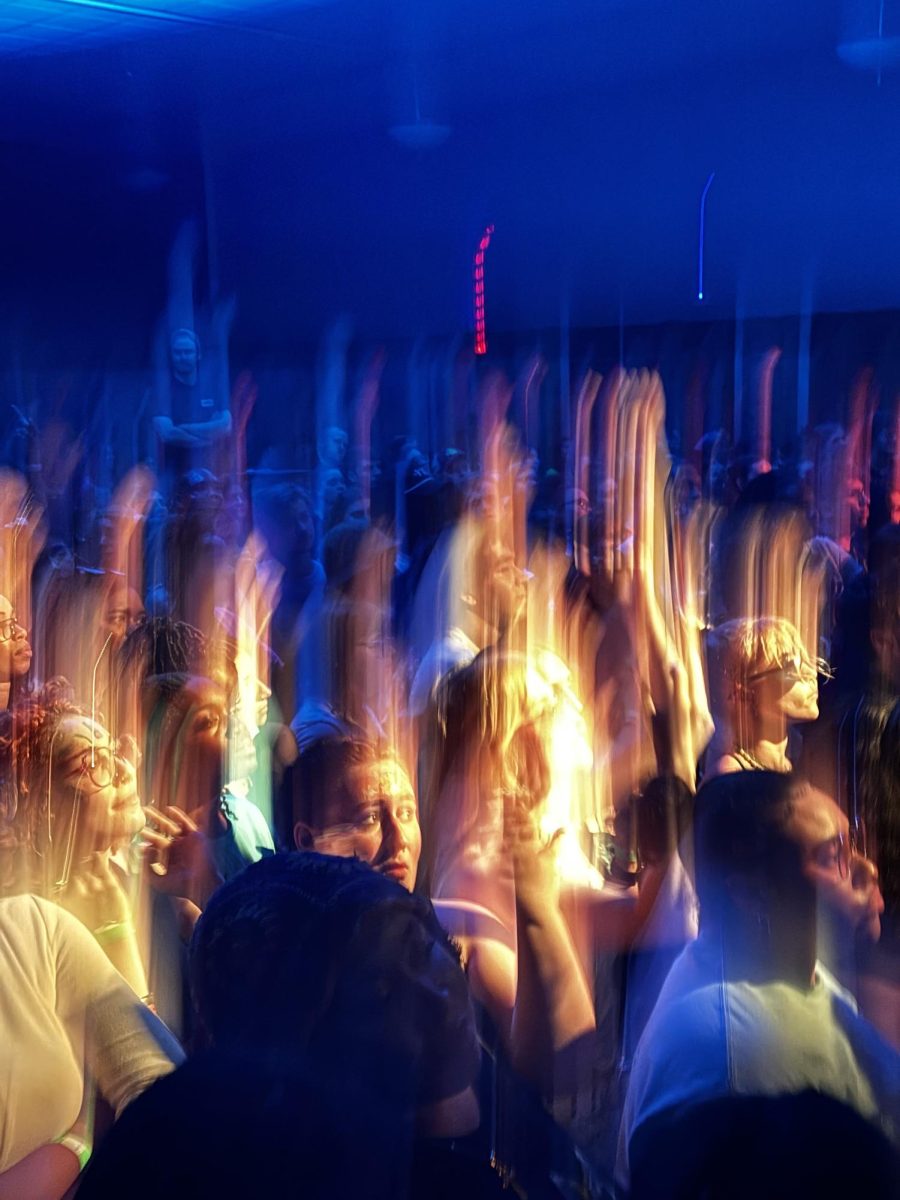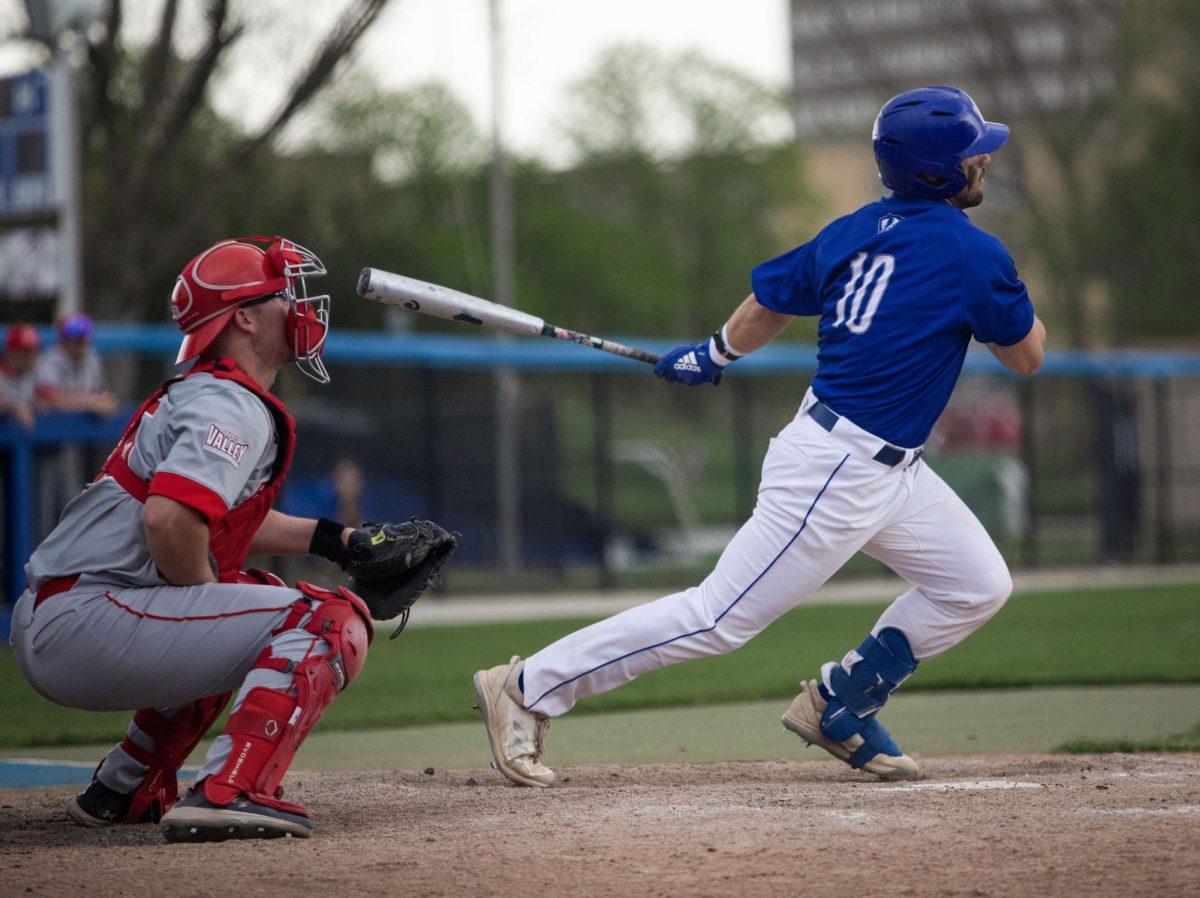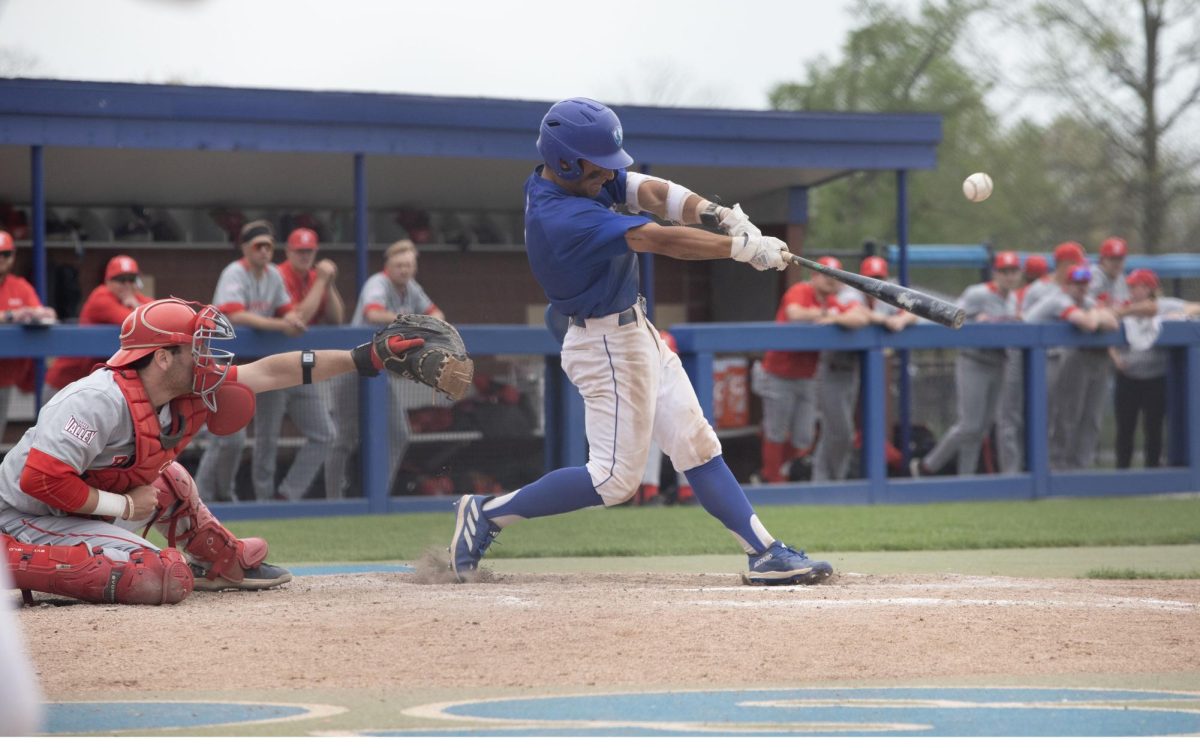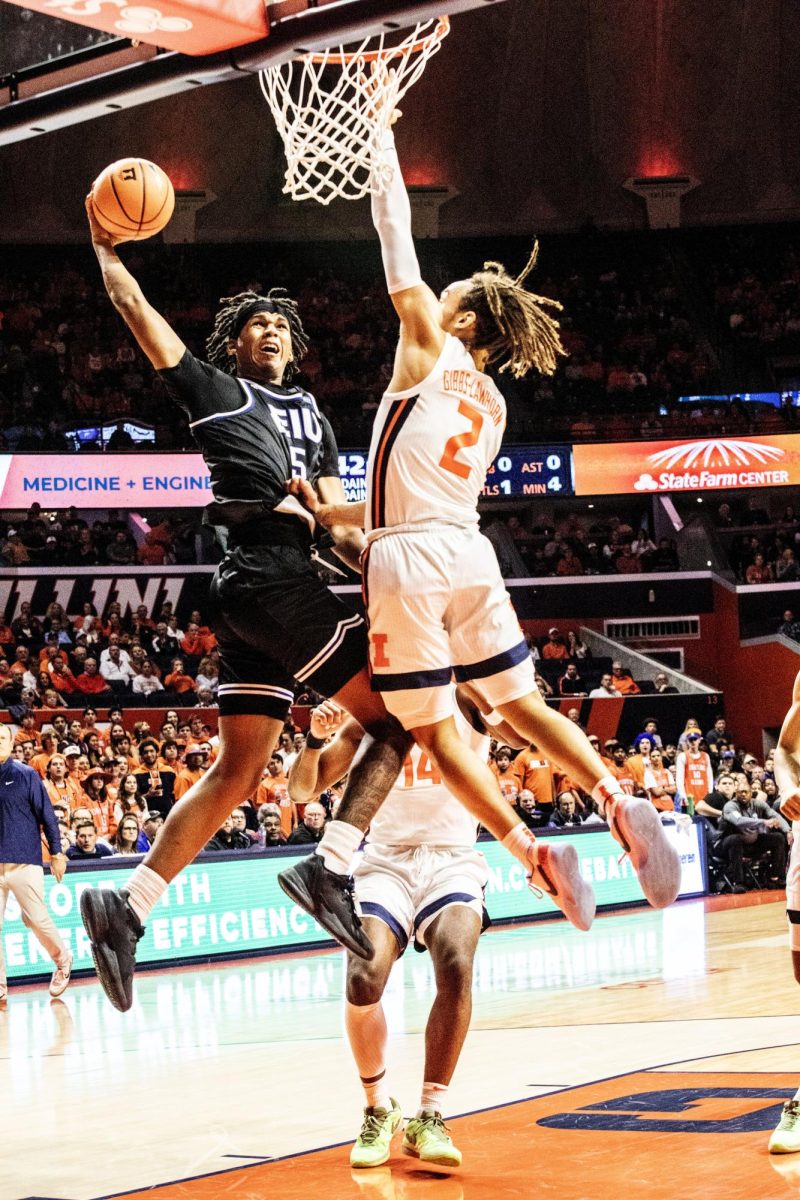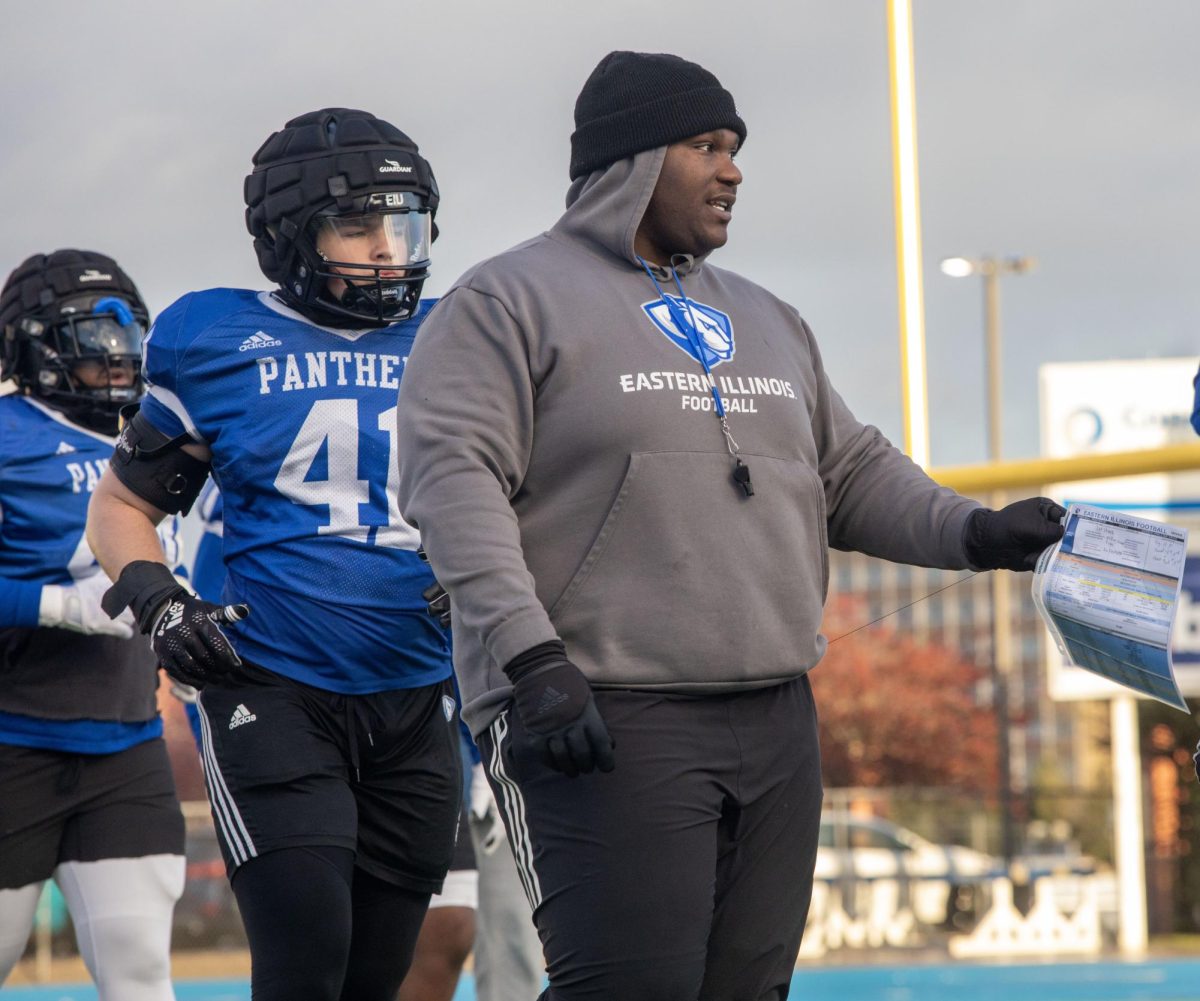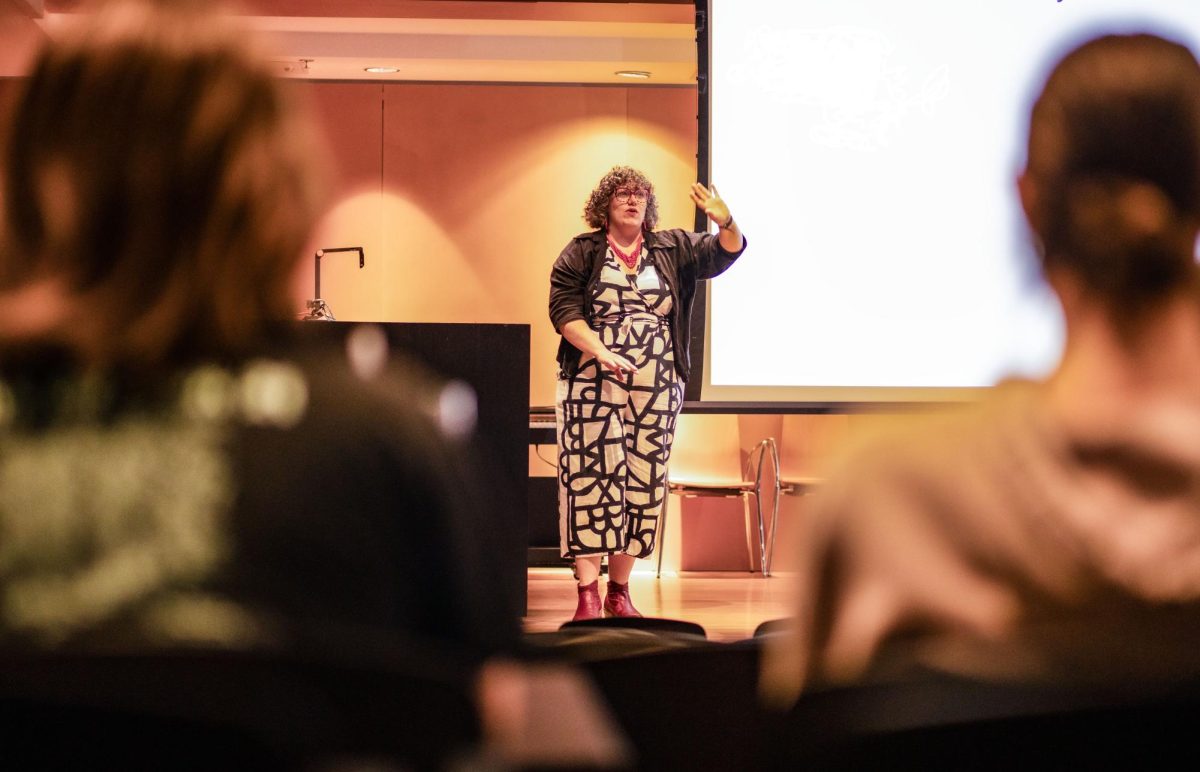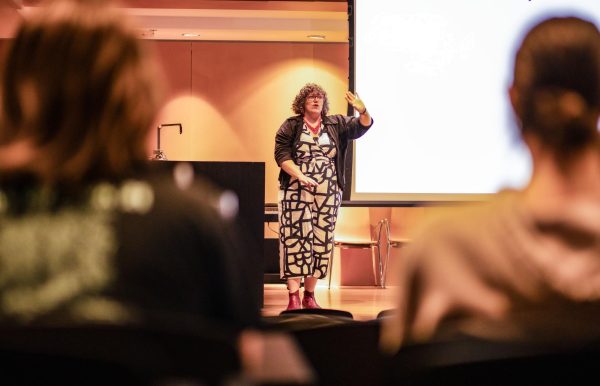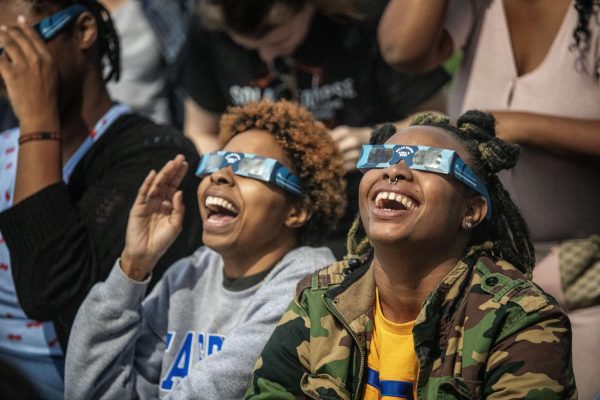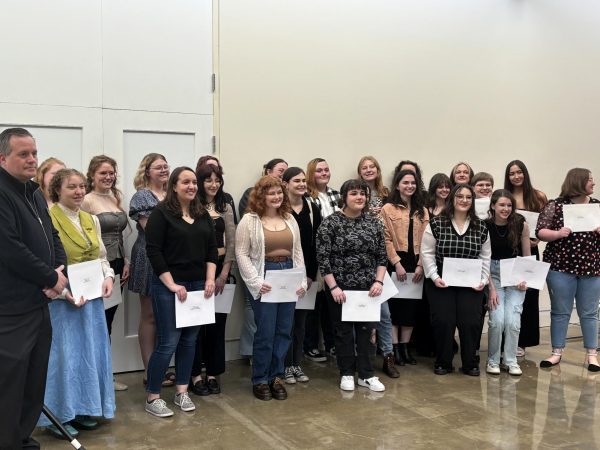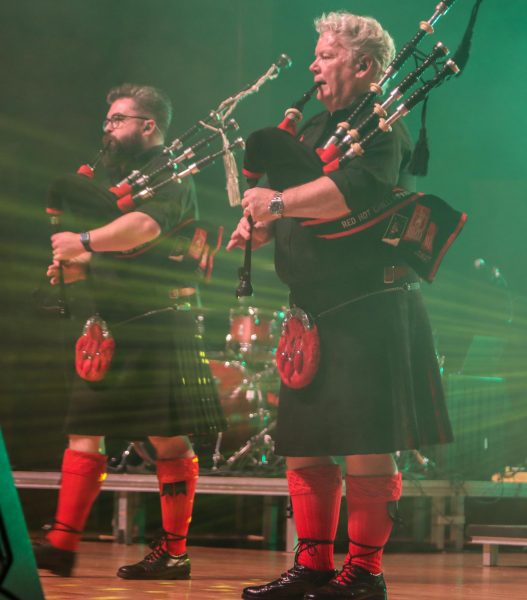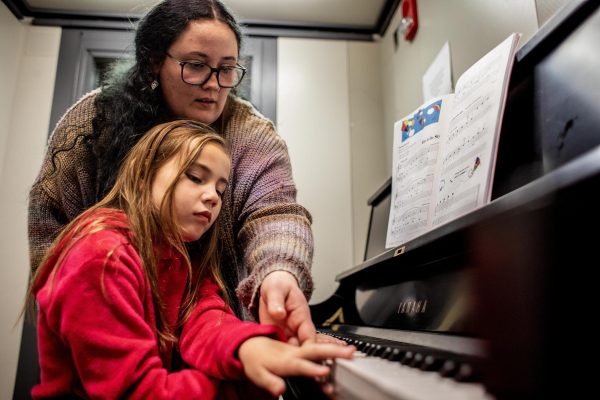Century-old menu to debut in Klehm hall
October 8, 2018
Students and staff can eat homemade meals inspired by the influenza epidemic in 1918, courtesy of the commercial quality food production class, at Klehm café.
The event will be held this Tuesday and Thursday.
Lunch costs $6 and is served from 11:30 a.m. until 1 p.m. on both days.
Students from the class will be serving popular food from the early 1900s when the influenza epidemic began in the United States.
Richard Wilkinson, professor in the hospitality and tourism program, said the lunch meals will have several courses, and one of them, the tomato aspic, is an interesting dish he thinks students will enjoy trying.
“Aspics were popular then,” he said. “An aspic is a gelatin type of food that you could see through, and the people thought if it was transparent that it would be safe to eat.”
The other dishes served in the lunch meal include chicken a la king, Waldorf salad and pumpkin mousse.
In order to prepare this menu, Wilkinson and his students took inspiration from the foods commonly prepared back when influenza hit its peak, he said.
People were afraid to eat certain foods with color in the early 1900s because they thought the color might be a sign of contamination, he said.
“They served back then a lot of things that were light-colored or white-colored because they associated that with purity,” he said. “So, things like boiled chicken, cream sauces, cauliflower, white bread, all of those things were thought of as wholesome because of the color.”
Wilkinson said there were two main factors that contributed to the way people cooked food at home in the early 1900s.
“One was the fear of contamination,” he said. “The other was technology, but really electricity becoming more widespread because that provided for refrigeration in homes and the electric kitchen appliances.”
Beth Heldebrandt, public relations director of Booth Library, said she thinks the menu Wilkinson and the rest of his class created is a good addition to the Influenza Exhibit.
She said people today do not spend enough time looking back at the things that happened in our past, and this menu aims to help students and staff do that.
“I just think (the menu) is something different,” she said. “I’ve seen what they’re serving, and I don’t even know what (the tomato aspic) is … I’m like, ‘A tomato aspic? Never heard of it. Made with juice and vegetables? That sounds interesting.’”
Heldebrandt also said the 1918 menu is a great way for students to learn more about the influenza epidemic and to have fun doing so.
“We appreciate that (the class) is willing to think about what we’re doing here and coming up with a menu that responds to it,” she said. “I hope that the students find it fun and learned something in the process.”
Logan Raschke can be reached at 581-2812 or at [email protected].




